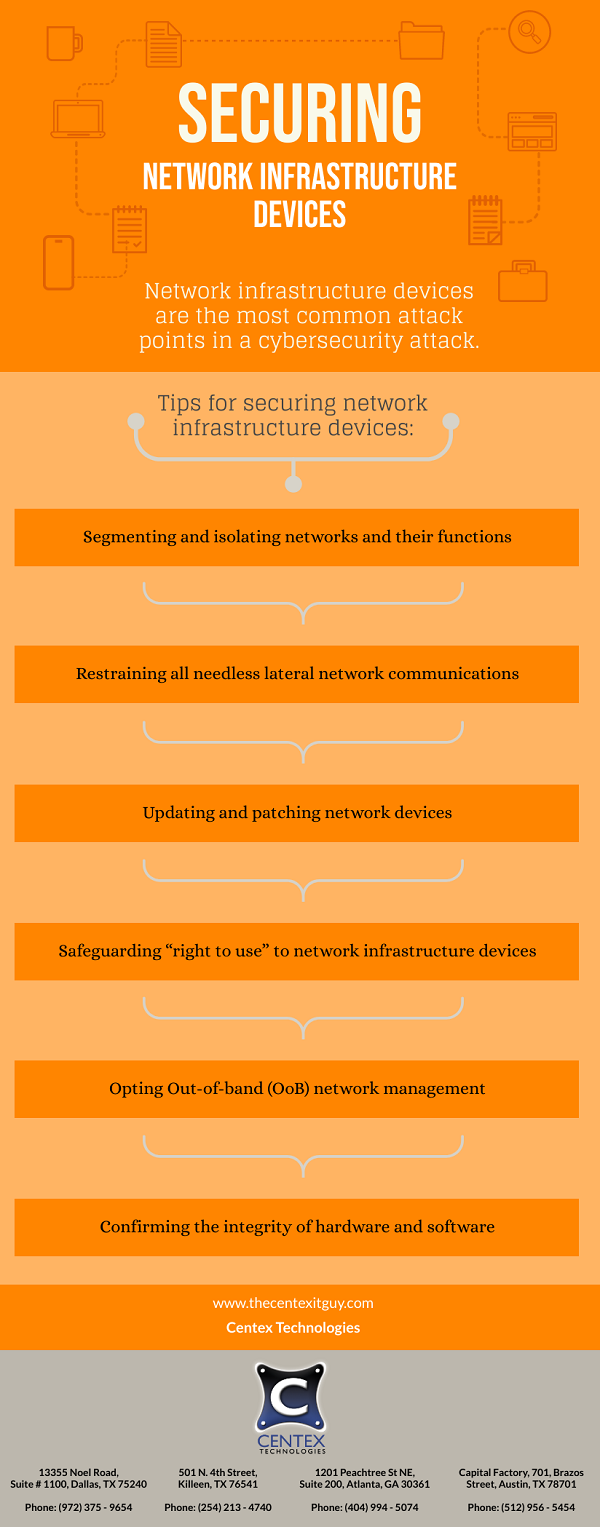Identity theft is one of the most common and fast growing cyber-crimes. Cyber identity theft occurs when a fraudster steals a user’s identity or say poses to be that user by gaining access to his Personally Identifiable Information (PII). To get details of user’s digital PII fraudsters use scams like phishing attacks or planting a malware on the victim’s system.
What is his Personally Identifiable Information (PII)?
It is the unique personal information that enables a fraudster to prove his identity as the victim. Some examples of PII include:
- Driver’s License
- Banking Information such as account number
- Login Id & Password for various online accounts
- Social Security Number
In order to understand what happens if cyber identity is stolen, it is first important to know how online identity theft occurs. Some of the tactics used by fraudsters are:
- Phishing: Cybercriminals send emails with compromised links that are disguised as essential information from a financial institution. The link, when clicked, opens a form that requires the user to provide his PII.
- Pharming: Under this tactic, the browser is compromised. The user enters a legitimate address in the search bar of the browser, but is redirected to a malicious page designed to steal PII.
- Malware: Specially designed malware can be downloaded on victim’s system via different sources to steal financial details.
- Unsecure Websites: Make it a point to check the authenticity of the website before making an online purchase. Make sure to use official and secure websites with “https” prefix.
- Weak Passwords: Using weak passwords for social and financial accounts leaves users vulnerable and susceptible to hackers.
Once the online identity is stolen, it can give rise to an array of problems for the victim:
- Fraudsters can use the victim’s credentials to infiltrate an organization’s network and gain access to business secrets.
- The PII can be used to gain access to victim’s financial accounts and exploit them.
- The stolen identities can be sold by the fraudsters over dark web.
- Victim’s identity can be used to enter the system and encrypt the data for ransom.
- Stolen PII can be used to cause non-monetary damage such as hampering the public image.
In case you discover that you have been victimized by an identity breach, take following measures:
- Regularly monitor your bank statements and credit reports for any unauthorized activity.
- In case of an unusual activity, follow up immediately and consider putting your credit report on hold.
- Consider using activity alerts services offered by financial institutions
For more information on cyber identity theft and methods to prevent them, contact Centex Technologies at (254) 213 – 4740.

